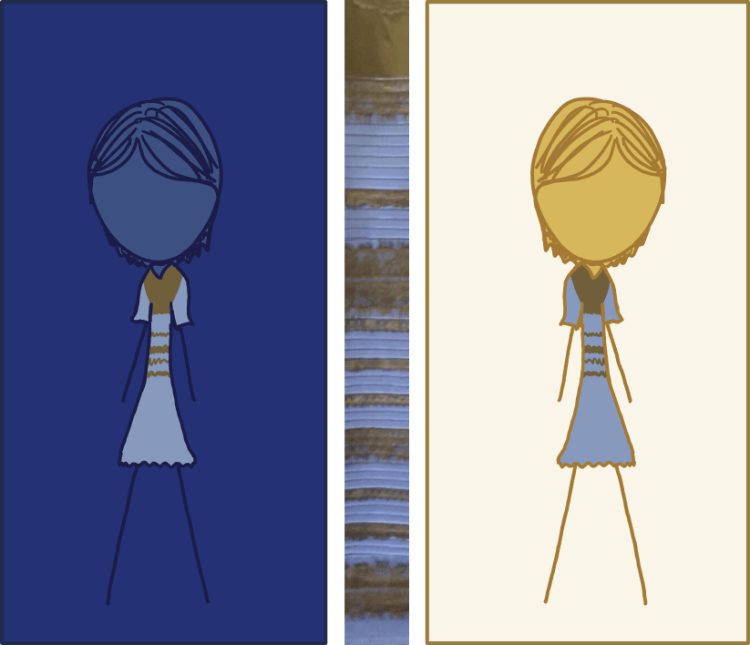How External Sensory Expectations Give Context to How the Brain Predictively Perceives Information

In a thought-provoking animation by Lazy Chief for FOST (Future of Storytelling), neuroscientist Anil Seth explains how the brain engages with the constantly input of external stimulation. He specifically focuses on how the brain predictively perceives an object or situation, but is dependent upon sensory experience and expectation to give context to the situation. Seth used the 2015 meme "What Color is This Dress" as an example of a experience/perception mismatch. Essentially, the expected position of overhead lighting in the room influenced how the brain perceived the colors.
Related Laughing Squid PostsNeuroscientist Anil Seth explains how what we perceive isn't an accurate reflection of a real, externally existing world. In fact, perception and hallucination are based on similar processes-they are our brain's interpretation of myriad inputs. His groundbreaking research provides fascinating insight into what this means for storytelling.
- A TED-Ed Animation Explains How Our Brains Process Sensory Data and the Theory of Ideasthesia
- People With Synesthesia Explain Their Sensory Experience With Numbers, Letters, Music and Words
- How Cats Played a Significant Role in Helping Humans Understand Visual Perception
The post How External Sensory Expectations Give Context to How the Brain Predictively Perceives Information appeared first on Laughing Squid.
